#buddhist monk
Text
Siddhartha Gautama, who lived 2500 years ago, was at a crucial point in his spiritual journey towards enlightenment. While seeking answers to deep questions under a Bodhi tree in eastern India, he gained profound insight through meditation. Determined to reach enlightenment, he embarked on intense fasting and meditation. The effects of his extreme fasting became evident on his body. One day, a passing girl offered him a rice pudding dessert. Choosing to accept the dessert, Siddhartha abandoned his harsh practices of fasting and meditation that he had been dedicated to for 49 days. It was at that moment, by letting go of these extreme methods and embracing what was already within him, that he attained enlightenment and became the Buddha.
Siddhartha Gautama succeeded, 2500 years ago, that time where electronics weren't Invented. He has Induced the void state/been literal pure consciousness A LOT of times when he didn't have any sources on electronical devices like we do now throughout his journey. He made It without technology but with his strong and dedicated knowingness. When Siddhartha gave up doing extreme methods and went with the flow of his IAMness, he achieved his ambition that was already and always within him. Respect for Buddha 🫡
Meditation for Sunyata Is extremely easy and effortless. Go within then go beyond.

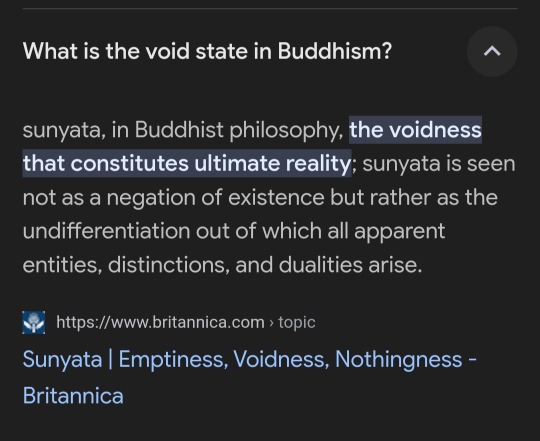


34 notes
·
View notes
Photo

A group of (here rather misidentified) Buddhist monks on an almsround during the late 19th century
Original rotogravure photograph produced for the western market in 1897
#historic photo#vintage photography#rotogravure photograph#rotogravure#buddhist monk#托鉢#takuhatsu#crazyfoxarchives
127 notes
·
View notes
Text
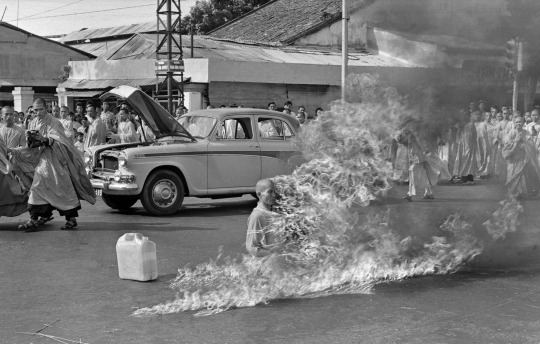
Malcolm Browne - The Burning Monk (1963) Thích Quảng Đức protesting the persecution of Buddists by altruistic suicide.
Browne photographed Vietnamese Mahayana Buddhist monk Quảng Đức's self-immolation on a busy intersection in Saigon, during which he remained perfectly still. "I just kept shooting and shooting and shooting and that protected me from the horror of the thing."
“No news picture in history has generated so much emotion around the world as that one.” --President John F. Kennedy
Self-immolation (the word immolation originally meant "killing a sacrificial victim; sacrifice"), is tolerated by some elements of Mahayana Buddhism and Hinduism, and it has been practiced for many centuries for various reasons, including political protest.
Browne won a Pulitzer Prize for International Reporting and received many job offers, eventually leaving the AP in 1965.
Malcolm Browne: The Story Behind The Burning Monk

The procession from the monastery to central Saigon - Malcolm Browne–AP
"The monks were very much aware of the result that an immolation was likely to have. So by the time I got to the pagoda where all of this was being organized, it was already underway—the monks and nuns were chanting a type of chant that’s very common at funerals and so forth. At a signal from the leader, they all started out into the street and headed toward the central part of Saigon on foot. When we reached there, the monks quickly formed a circle around a precise intersection of two main streets in Saigon. A car drove up. Two young monks got out of it. An older monk, leaning a little bit on one of the younger ones, also got out. He headed right for the center of the intersection. The two young monks brought up a plastic jerry can, which proved to be gasoline. As soon as he seated himself, they poured the liquid all over him. He got out a matchbook, lighted it, and dropped it in his lap and was immediately engulfed in flames. Everybody that witnessed this was horrified. It was every bit as bad as I could have expected." -- Malcolm Browne
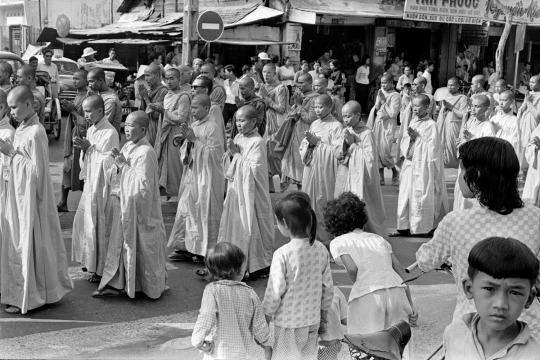

Buddhist monk Quang Duc emerged from a car and sat in the center of the intersection while a younger monk poured gasoline over him. Malcolm Browne–AP
"I don’t know exactly when he died because you couldn’t tell from his features or voice or anything. He never yelled out in pain. His face seemed to remain fairly calm until it was so blackened by the flames that you couldn’t make it out anymore." -- Malcolm Browne

In the air was the smell of burning human flesh; human beings burn surprisingly quickly. Behind me I could hear the sobbing of the Vietnamese who were now gathering. I was too shocked to cry, too confused to take notes or ask questions, too bewildered to even think.
Later we learned that the man was a priest named Thich Quang Duc who had come to the square as part of a Buddhist procession, had been doused with gasoline by two other priests, had then assumed the cross-legged "lotus" position and had set a match to himself. As he burned he never moved a muscle, never uttered a sound, his outward composure in sharp contrast to the wailing people around him. -- David Halberstam, American journalist who was present at the scene


Monuments to Thich Quang Duc, the Buddhist monk whose self-immolation hit the headlines of the world in 1963.
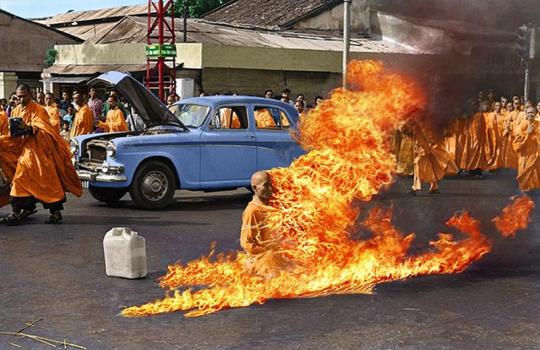
Self-immolation has been a Buddhist and Hindu practice for many centuries for various reasons.

A Hindu widow burning herself with the corpse of her husband, 1657
#david halberstam#malcolm browne#Thich Quang Duc#self immolation#mahayana buddhist#buddhist monk#buddhist#hindu#viet nam#Pulitzer Prize#historical photos#phtography#award winning photography#monument#statue
39 notes
·
View notes
Text
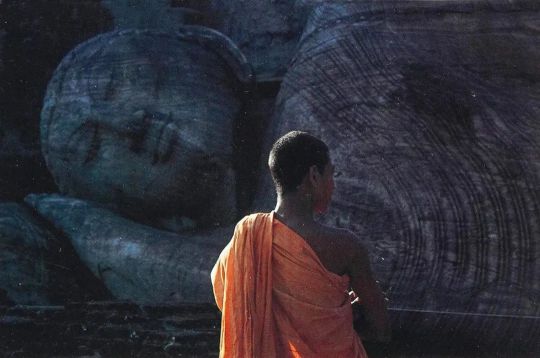
Monk in Sri Lanka by a statue of the Reclining Buddha 1988
ph. Thomas Hopker
27 notes
·
View notes
Photo


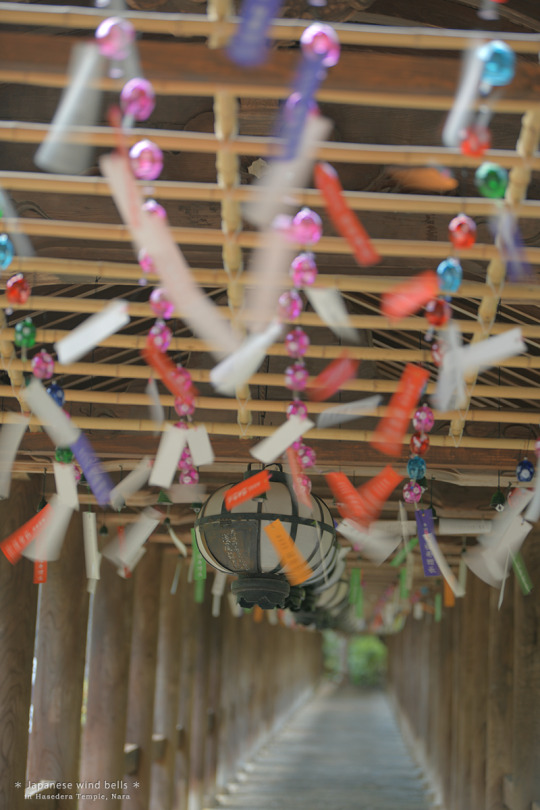
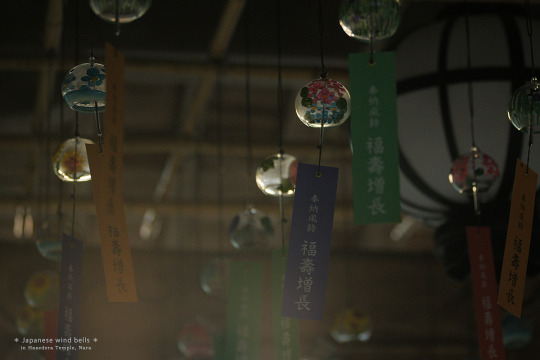
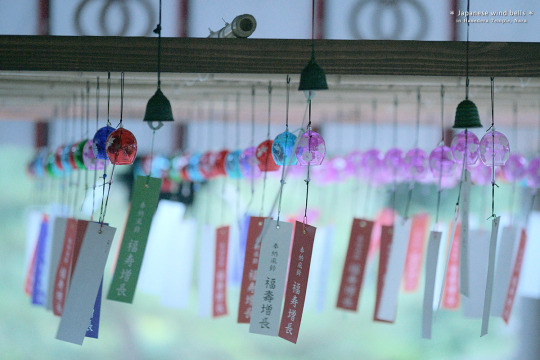
【涼音】
夕刻、静かな境内で音色を楽しませて頂きました♪
「風鈴回廊」長谷寺にて撮影
2022年8月6・24日
136 notes
·
View notes
Photo

Buddhist prayer at Giac Lam pagoda - Ho Chi Minh City, 2015
#travel#vietnam#original photographers#photographers on tumblr#b&w photography#monochrome#buddhist prayer#religion#buddhism#buddhist temple#buddhist monk#monochrome photography#lensblr
28 notes
·
View notes
Text
A silly question
Daily writing promptWhat is one question you hate to be asked? Explain.View all responses
There are some questions I am asked from time to time that, while seemingly innocuous, can sometimes feel reductive and miss the mark. One that comes up surprisingly often is, especially from people older than me, “Why are you Buddhist if your parents are Catholic and you weren’t born in Asia?”
While I…

View On WordPress
#answers#Buddhism#Buddhist Monk#dailyprompt#dailyprompt-1869#ideals#life journey#principles#purpose#questions#Raffaello Palandri#spirituality#values
2 notes
·
View notes
Text

Monk at Wat Munisotaram, Hampton, Minnesota, August 2017
#buddhism#buddhist monk#wat munisotaram#cambodians#khmer in america#religion#black and white#original photography#photographers on tumblr#minnesota#lumix dmc-fz20#portraits#cambodian monk#mekong.net#bruce sharp#2017#personal favorites
6 notes
·
View notes
Text
Street photography

2 notes
·
View notes
Text

48 notes
·
View notes
Text
[P.S Sunyata is the sanskrit (buddhist sanskrit word) for the void state/I am state! ❤️]
1. Sunyata (Emptiness) is the profound meaning of the Mahayana Teaching.
Two thousand five hundred years ago, the Buddha was able to realise "emptiness" (s. sunyata). By doing so he freed himself from unsatisfactoriness (s. dukkha). From the standpoint of enlightenment, sunyata is the reality of all worldly existences (s. dharma). It is the realisation of Bodhi — Prajna. From the standpoint of liberation, sunyata is the skilful means that disentangle oneself from defilement and unsatisfactoriness. The realisation of sunyata leads one to no attachment and clinging. It is the skilful means towards enlightenment and also the fruit of enlightenment.
There are two ways for us to understand this concept of sunyata in the Mahayana context. One way is to try to understand the explanation about its true nature. The other way is the realisation through practice. What we are going to discuss now is about its true nature.
Mahayana teachings have always considered that the understanding of sunyata is an attainment which is extremely difficult and extraordinarily profound.
For example, in the Prajna Sutra it says "That which is profound, has sunyata and non-attachment as its significance. No form nor deeds, no rising nor falling, are its implications."
Again in the Dvadasanikaya Sastra (composed by Nagarjuna, translated to Chinese by Kumarajiva A.D. 408) it says: "The greatest wisdom is the so-called sunyata."
This sunyata, no creation, calmness and extinction (s. nirvana) is of a profound significance in the Mahayana teachings. Why do we see it as the most profound teaching? This is because there is no worldly knowledge, be it general studies, science or philosophy, that can lead to the attainment of the state of sunyata. The only path to its realisation is via the supreme wisdom of an impassionate and discriminating mind. It is beyond the common worldly understanding.
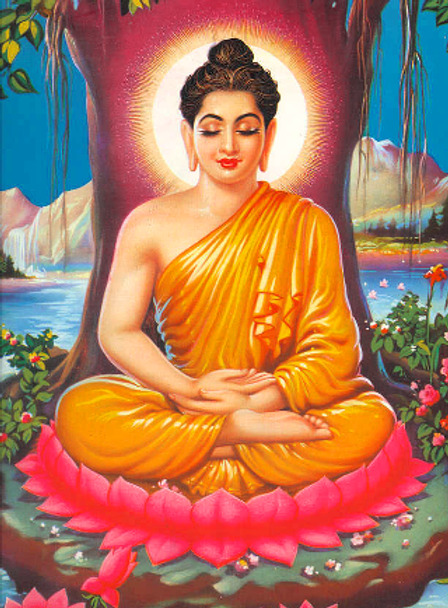
🧡🧡🧡
#void state#void success#buddhism#buddhist#buddhist monk#zen quotes#zen buddhist#mahayana buddhism#void motivation#buddha#enlightenment#buddhawisdom
16 notes
·
View notes
Text
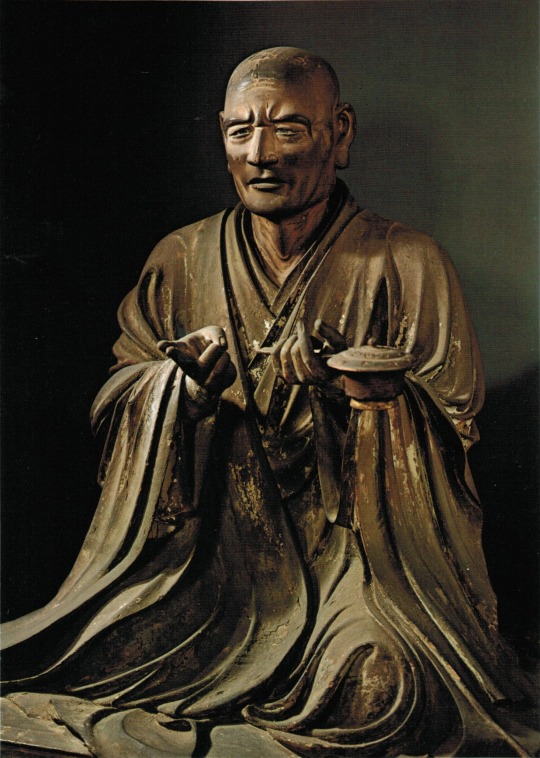
A sculpted image of the monk Genpin (玄賓) (734-818) crafted by the Buddhist artist Kōkei (康慶) and his crew in the late 12th century at the Nan'endō Hall (南円堂) of Kōfukuji Temple (興福寺) in Nara
Image from "運慶と鎌倉彫刻 (日本の美術12)" [Unkei and Kamakura Sculpture (The Arts of Japan 12] by 水野敬三郎 [Mizuno Keisaburō], published by 小学館 [Shōgakukan], 1972, color plate 13
#japanese art#buddhist art#buddhist monk#玄賓#genpin#康慶#kokei#奈良市#nara#興福寺#kofukuji#南円堂#nanendo#crazyfoxarchives#arte japonés#arte budista#monje budista
26 notes
·
View notes
Photo

Bangkok, Thailand
#queue#photography#bangkok#thailand#asia#travel#travel photography#temples#buddhist temples#buddhist monk#bangkok temples
16 notes
·
View notes
Photo

Monastic life
‘A Buddhist monk going about his morning routine in the peaceful monastery above Litang, Sichuan, China.’
Photograph: Jack Hickman
3 notes
·
View notes